MOUNTAIN TAPIR FOREVER
Community-Based Mountain Tapir Conservation
Established 2017
“A large animal needs a large area.
If you protect that area, you’re also protecting
thousands of other plants and animals.”
~ George Schaller
An initiative of:
In memory of Sheryl Todd
“We work with local communities to conserve the last refuges of the mountain tapir.”
The Mountain Tapir
Tapirus pinchaque, its scientific name refers to its mysterious and elusive nature, like a ghost of the night.
©2024 Sergio Sandoval
Our Strategy
Our approach brings together scientific research and community action to protect the mountain tapir and its habitat. Through a network of Community Conservation Centers (CCC) being established in key areas across the Andes, we are starting to work in collaboration with universities and research institutions so that these spaces will serve as destinations for field courses, internships, and thesis projects. At the same time, we expect that local communities lead biodiversity monitoring and develop sustainable livelihood initiatives, demonstrating that science can become a practical tool to protect nature while strengthening rural well-being.

“Anonymous heroes like Víctor Flórez protect páramo landscapes once cleared for cattle ranching. Today, these lands are refuges for the mountain tapir, spectacled bear, puma, frailejón, and vital water sources for downstream communities.”
News
Community Conservation Center for the Mountain Tapir
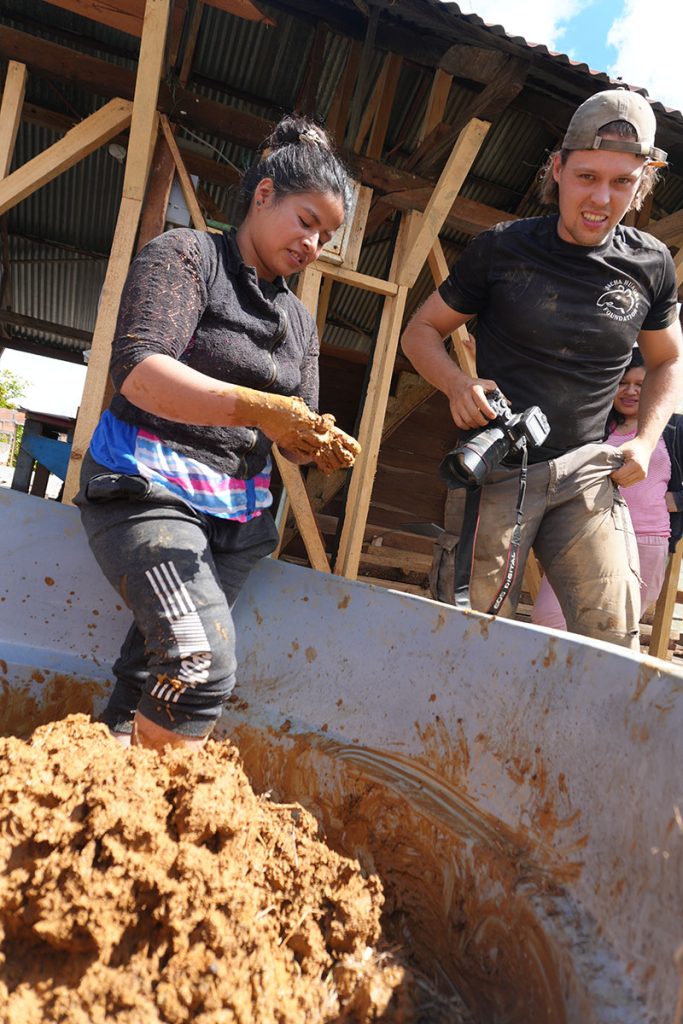
We are building the first Community Conservation Center (CCC) for the mountain tapir—a space where local communities, science, and rural tourism come together.
We believe in the value of ancestral knowledge and integrate it into agriculture, construction, food practices, and everyday life.
Our work is guided by permaculture principles. We started quite literally with our hands in the mud, constructing the first CCC using local materials and community labor. Our goal is to create the right conditions for scientific research to thrive here, generating sustainable income for the families who live alongside the tapir and producing the knowledge needed for its proper management and conservation.
Our scientific approach is applied research. We study the regeneration and dynamics of the native forest where the tapir lives and bring those insights into productive systems in the species’ buffer zones. We see syntropic agroforestry as a pathway to replicate forest processes within community territories—one of our key medium-term goals.
The CCC concept is inspired by the Maloca, an ancestral space for social, cultural, spiritual, and communal cohesion. In that spirit, a CCC is both a center for biodiversity conservation and a place where new knowledge is shared while ancestral wisdom is preserved and revitalized.
Our approach moves away from the industrial model that simplifies ecosystems and creates the very pests it later tries to control with harmful solutions. Instead, we look to the forest: a system that no one fertilizes or fumigates, yet remains healthy thanks to the conditions it creates through its own diversity. With this vision, we hope the mountain tapir will not remain an endangered species, but become a species truly on a path toward long-term recovery.
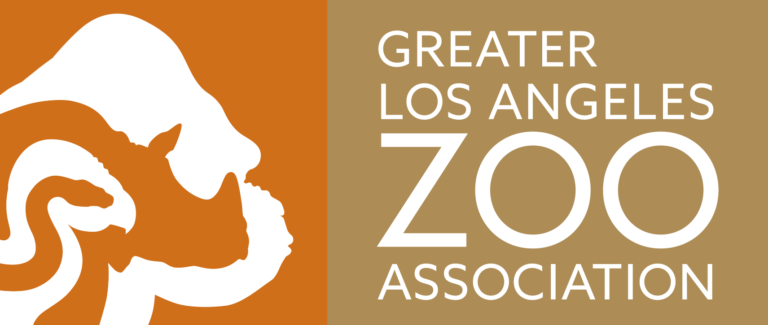
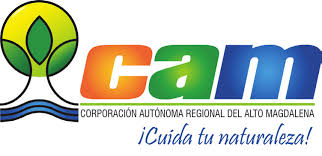


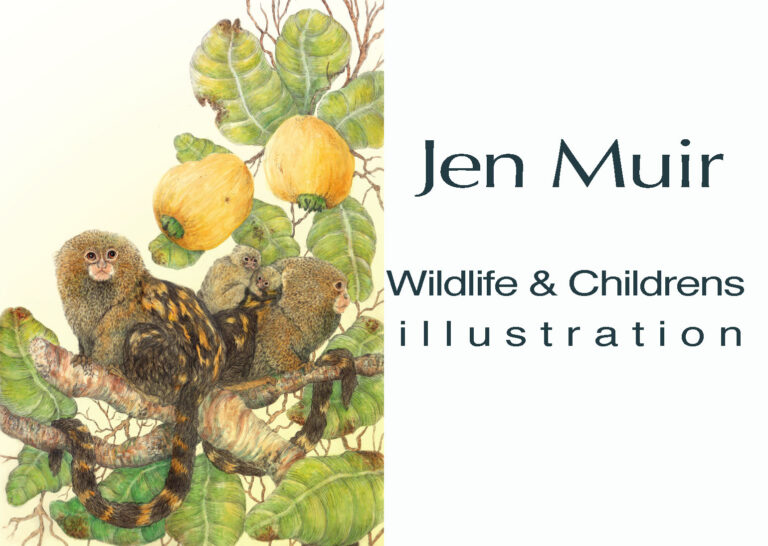



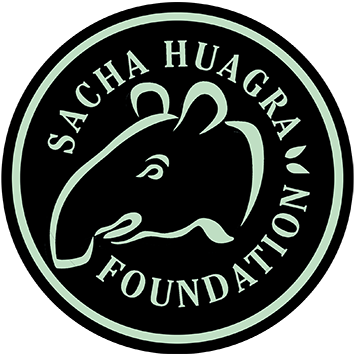
Tapir guardians are a key part of our strategy
When people join our initiative to protect the mountain tapir, everything begins to transform in favor of the species. Our allies can participate in different ways: benefactors as volunteers, students through internships, and researchers by staying in the territory to study the tapir, its ecosystem, and the species that share its habitat

